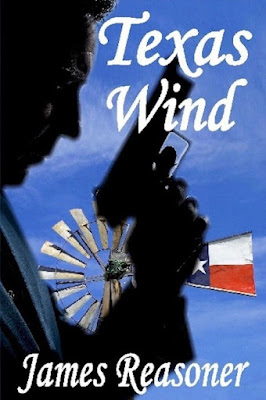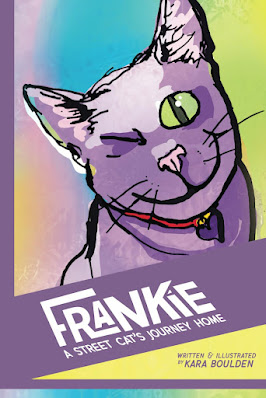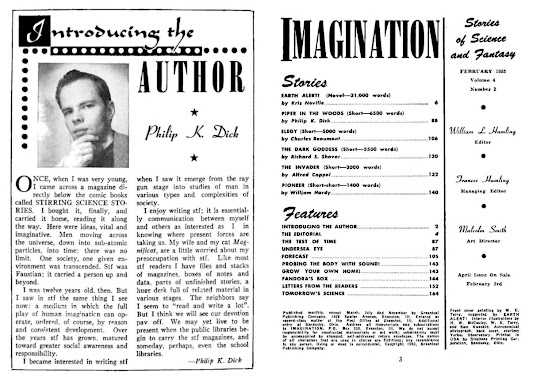An interview, of a sort mostly about fishing
and outdoor fun, with Jim Kjelgaard that appeared in the Nov. 10, 1945 issue of
the pulp magazine Short Stories with Kjelgaard’s short-short, “Cheena”;
a clever story about a Filipino accused of collaborating with the Japanese.
The Story
Tellers’ Circle
From Milwaukee come these
words from Jim Kjelgaard. Jim has something to say on ‘‘Cheena” and a good deal
more to talk about on northern pike and ducks:
“I really haven’t very much to say about ‘Cheena’
except that I met and talked with a Filipino, and he impressed me as being a
great little guy. He told me one thing and another, and ‘Cheena’ grew out of
the mass of information. That’s the way it is with stories, you hear something
you just can’t forget and by and by—you write the yarn. I will say, though,
that I wouldn’t want any Filipinos mad at me. The one I met was tough as
whalebone and strong as an ox as well as being a great little guy. And he
himself told me that he was just a blushing daisy compared to some of the other
fellows he knew!
“ ‘Cheena’; except for that, is a wholly
imaginative story and I used the character as is just because I thought he’d
fit in better than any other. He’s strictly my own invention.”
So
much for business. Now about pleasure—the fishin’ and huntin’ kind.
“The weather’s already turned cold out in this
neck of the woods—on the 14th of September a fire doesn’t feel bad
and we’ve kept one for the past four days. But, from one angle, that’s exactly
the right way to bring in this time of year. ‘There ain’t no gas rationin’ no
mo’,’ and you can really get around to all the places that you thought you’d
like to get around to while you couldn’t. Well, maybe not all of ’em. The old
jaloppy distinctly is not what she used to be and maybe she never was. But she
still rolls when you want her to, and next week I expect to start for one of
the nicest places I ever saw.
“It’s a stretch of river, and probably there
isn’t another one exactly like it in the whole world. I never measured it, but
at a guess it’s three hundred feet wide. Cattails and rushes, a thick mat that
you couldn’t even pole a skiff through, extend about forty feet out from the
east bank. Then you run into weeds, all sorts of water weeds, everything from
lily pads to those long, mossy streamers that catch on the oars and keep your
speed down almost to nothing an hour. But there’s a knack to rowing through
’em, and after floundering around in the darn’ things for two hours one day a
fourteen-year-old kid told me how to work the oars. You take a long stroke,
stop your oars a second on the back stroke, and the weeds roll off. But the
center of the river— Ah and double ah!
“Theres an open channel there about twenty feet
wide, and the last time I was there I saw at least a hundred and fifty pounds
of great northern pike and wall-eyes come out of that channel. Some of those
fish weren’t any babies either. One fellow snagged a wall-eye on a four-ounce
fly rod, and fought it around for forty-five minutes before he got it even
close to the boat. Then he made a stab, missed with the gaff, and the fish went
away from there as though nothing was holding him. Anyhow, the cold weather
should inspire those pike to strike soon—and thus my remark about ideal
weather. You do a lot of shivering, but you have a lot of fun. Some day some
smart bird will invent a lure with which you can fish those weeds—and that day
you’d better be along.
“Besides, its handy to have a shotgun when you go
up there. Possibly there won’t be any flight ducks down, but a lot of natives
nest around there. All this—and mallards too!”
Jim Kjelgaard
|
“Cheena” is included
in the Jim Kjelgaard collection, The Spell of the White Sturgeon /
Dusky & Other Tales.
|
Story Tellers Circle © 1945 Short Stories, Inc. / No
renewal















